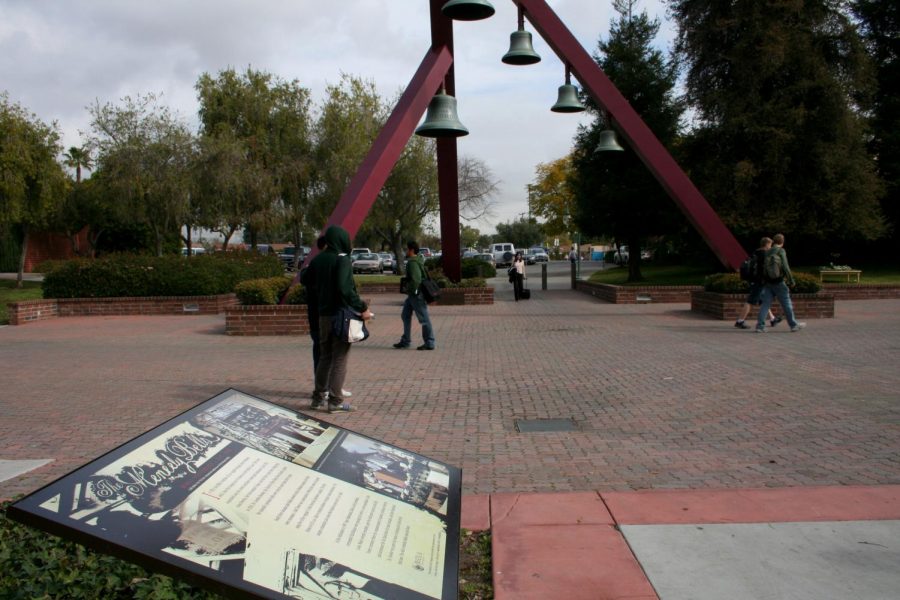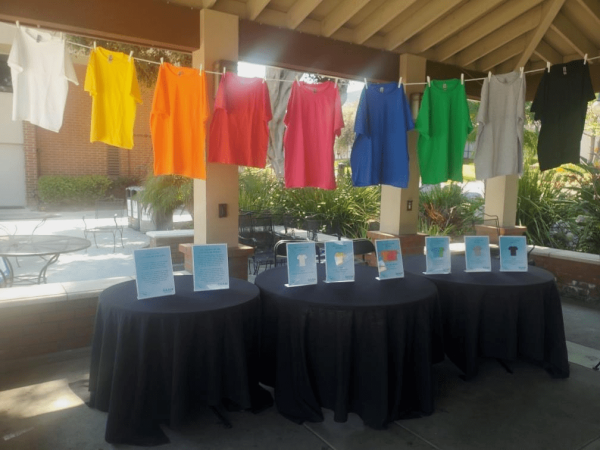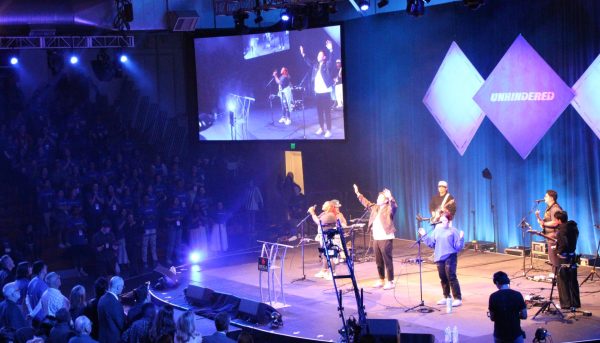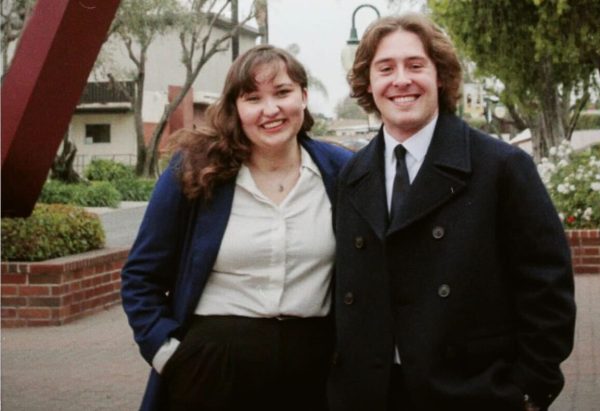Historical Markers Dot Campus
In preparation for the Centennial Celebrations last weekend, the campus was filled with a variety of signs documenting the university’s history. Beside the Bell Tower now stands the story and legacy behind the famous bells.
February 29, 2008
In the midst of all the recent centennial celebrations at Biola, historical markers were added to locations all across campus, giving visitors a self-guided tour.
According to Brenda Velasco, the Centennial manager, this idea of putting up permanent historical markers around the campus started with the Centennial Committee, which includes alumni, students and staff.
The Centennial Committee followed through with the idea because they knew it would be beneficial for guests, visitors and students; anyone who was interested in learning how Biola has started would be able to read and learn at any time, on any day, added Velasco.
“It amazing how you can compare history and reality at the same time… it is like a living museum!” said Aryn Negron, a freshman at Biola University.
“I love them! I think they are great addition to our campus, especially in celebration of our 100 years!” added sophomore Jessica Adair.
Velasco also mentioned that the history markers go in chronological order starting from the Metzger building. The historical marker in front of the Metzger tells the story about the founder of Biola University and how it started in La Mirada. Then, as the trail of historical markers continues, there is information about the significance of the bell tower, fountain, and mailboxes. The self-guided tour ends at the historical mark sign located in front of Emerson, which talks about the population and history of each dorm.
“Currently we have only five historical markers, but our goal is to add more markers so that we can tell the stories and people can visit and learn more about Biola University,” said Velasco.







